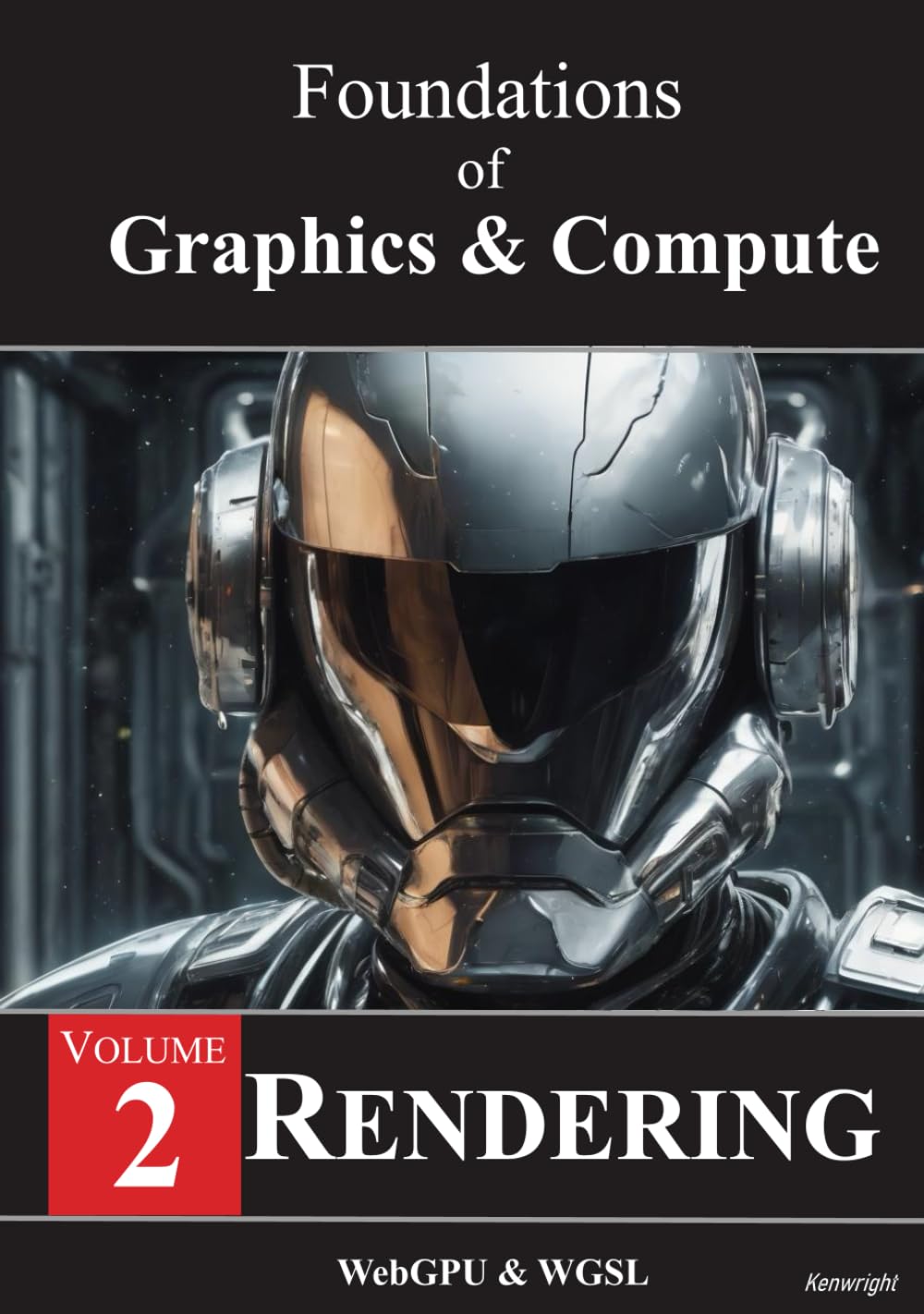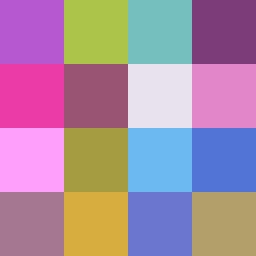
Foundations of Graphics & Compute: Volume 2: Rendering
A masterful exploration of webgpu and its impact on the digital landscape. This essential read offers fresh perspectives and practical insights that will transform your understanding.

A masterful exploration of webgpu and its impact on the digital landscape. This essential read offers fresh perspectives and practical insights that will transform your understanding.
Readers will appreciate the author's ability to weave storytelling with scholarly insight, creating a rich tapestry of knowledge that is both informative and engaging. What sets this book apart is its ability to connect wgsl with real-world scenarios, providing readers with actionable insights they can immediately implement. Drawing inspiration from the challenges and triumphs within graphics, the author crafts a compelling narrative that resonates with readers across diverse backgrounds. Whether you're seeking to deepen your understanding or simply explore new perspectives, "Foundations of Graphics & Compute - Volume 2: Rendering (Hardback)" offers a rewarding experience that lingers long after the final page.

The way complex concepts are broken down into digestible pieces is remarkable. Perfect for beginners yet valuable for experts.
Couldn't agree more. The real-world examples made all the difference for me.
December 5, 2025
I’ve already bought copies for friends and colleagues—it’s that impactful.
Totally agree. The pacing and structure made it easy to stay engaged throughout.
December 3, 2025
I’ve already bought copies for friends and colleagues—it’s that impactful.
Couldn't agree more. The real-world examples made all the difference for me.
November 28, 2025Stay updated with the latest from the book world
These are the best book covers of 2025 (as chosen by some of the industry’s best cover designers). | Lit Hub Design Why To the Lighthouse is Vi...
Read MorePirate of the Caribbean Johnny Depp, who drifted out to sea after allegations of abuse, recently announced he’s producing an English language film b...
Read MoreHappy Friday! We’ve been so deep in end of the year lists over here that it’s hard for me to type “Friday” and not to immediat...
Read MoreEnhance your reading and learning experience
Create a dedicated reading space with good lighting and minimal distractions.
Follow the 20-20-20 rule: every 20 minutes, look at something 20 feet away for 20 seconds.
Use the Feynman Technique: teach what you learn to someone else to identify knowledge gaps.
Rubber Duck Debugging: explain your code line by line to an inanimate object.
Write documentation as if the next person reading it is a violent psychopath who knows where you live.
Organize books by color for visual appeal or by genre for practical access.
Sarah Johnson
Professional ReviewerThat section was brilliant. I've already applied those techniques with great success.
December 3, 2025